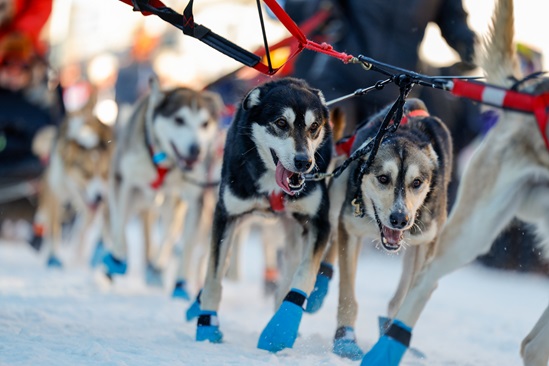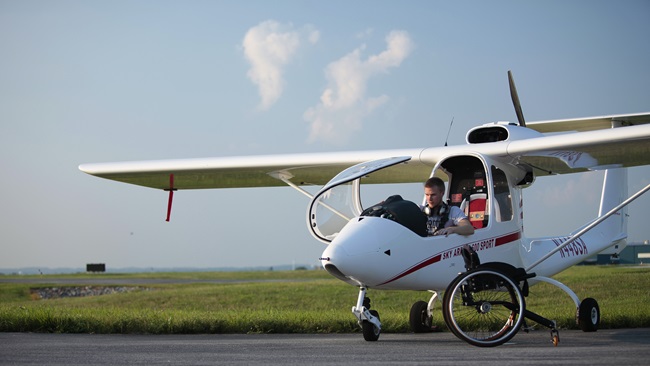West Michigan high school alumnae paired for Air Race Classic
Tennessee to Canada air rally begins June 18
Although Tori Gann and Oakley Clay were a couple of years apart in high school, the West Michigan Aviation Academy graduates will get to know each other much better when they pair up for the 2,538-mile Air Race Classic that begins June 18 at McKellar-Sipes Regional Airport in Jackson, Tennessee.
After graduating from the aviation-specific high school, both pilots have continued to pursue professional aviation positions. Gann is a Northern Jet first officer flying a Cessna Citation M2 and Clay is studying airport management at Western Michigan University with an eye on becoming an air traffic controller.
They will fly an old friend—a white-and-gold 1999 Cessna Skyhawk 172S that Delta Air Lines donated to the academy in 2015.
The four-day VFR daytime-only race takes a winding route to Canada with checkpoints in Georgia, Mississippi, Arkansas, Missouri, Minnesota, Wisconsin, Michigan, and Ontario before terminating at Niagara Central Dorothy Rungeling Airport in Welland, Ontario, on June 21.
Gann said that she “fell in love with” aviation after earning her private pilot certificate and has fond feelings for her West Michigan Aviation Academy friends and instructors. “It’s just a really unique program with really good people." She continued her flight studies at Northwestern Michigan College and complimented the college’s “top notch flight department.” Gann plans to add a Bachelor of Science degree to the associate degree that she recently earned.
Her favorite corporate flying destination so far is Eagle County Regional Airport in Colorado, about an hour away from Aspen Mountain Ski Resort. “It was amazing. We were out there for a couple of days and even did some hiking” while her clients attended to business.
Gann’s race partner Clay soloed at age 16 and piloted her family’s Cessna 150 from nearby Paul C Miller-Sparta Airport to Gerald R. Ford International Airport in Grand Rapids for the first day of her sophomore high school classes. She impressed her friends, her instructors, and the local news media.

“Mr. Pavey likes to tell everybody that story,” she confided. “It was cool, but I was nervous” as TV cameras documented the landing. She went on to earn her private pilot certificate at age 17, well before she learned to drive a car, and she holds down two jobs to cover her aviation expenses. Clay hopes to enter the FAA Air Traffic Control Academy when she is eligible and feels her experience as a general aviation pilot would help her communication skills in a tower facility.
The Air Race Classic traces its roots to the 1929 Women’s Air Derby, sometimes called the Powder Puff Derby. Race organizers pointed out that “women pilots of all ages and from all walks of life” compete in teams of two or three and “range in age from college students to a 90-year-old veteran pilot.” Fifteen colleges or universities are fielding teams, and participants have operations and navigation manuals that approach two inches in thickness. They are judged by a handicap based on their aircraft's performance capability, the team's preflight calculations, and their navigational accuracy to help equalize the entrants.
Gann explained that the team of two recently flew “a very precise square at maximum operating power at a density altitude of 6,000 feet, at full fuel, and exactly at the weight specification we put down for the race. We tracked the airspeed, temperature at altitude, winds, GPS ground track, ground speed” and other factors to squeeze out the maximum performance capability. Gann said she and Clay divided up job duties to maximize their training time together. “I’m doing the handicapping and Oakley is handling the survival equipment, the paperwork,” and other tasks.
“Our whole goal is to inspire other students, and especially females,” Gann added. She wants to show others that “if you work really hard, you can do something like this. Even going into the jets, there are times when you aren’t sure you can do it, just don’t give up. It’s a lot of work but it’s so, so, so worth it in the end.”




